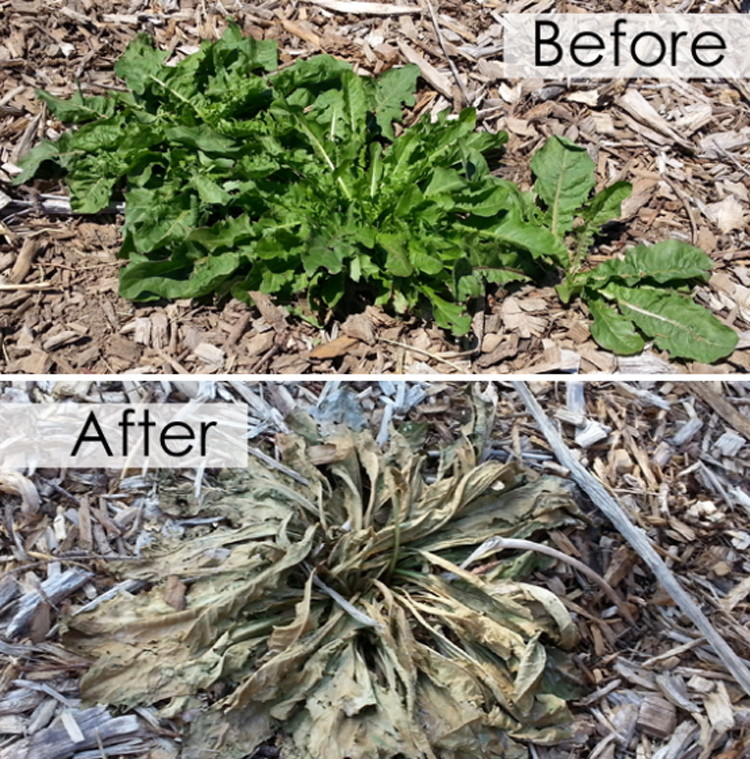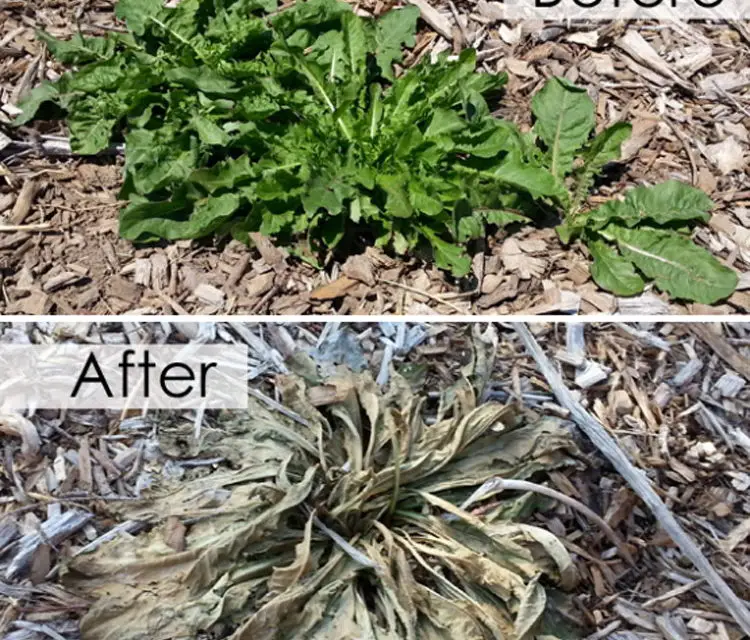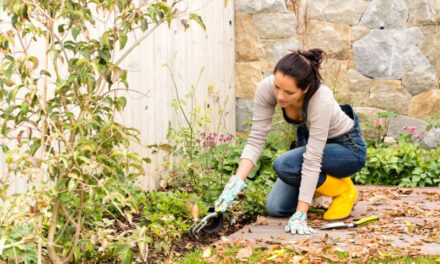A well-tended garden bed is a sight to behold, with lush, healthy plants thriving in a weed-free environment. Weeds not only detract from the beauty of your garden but also compete with your desired plants for vital resources like water, nutrients, and sunlight. However, with the right strategies and a proactive approach, you can keep your garden bed free of weeds and create an ideal environment for your plants to flourish. In this comprehensive guide, we will explore a range of effective methods to help you achieve weed control mastery.

Start with Proper Garden Bed Preparation
Setting a solid foundation is crucial for successful weed control. Follow these steps during the initial garden bed preparation:
a. Clear the area: Remove any existing weeds, including their roots, to prevent re-growth.
b. Improve soil quality: Amend the soil with organic matter, such as compost, to enhance its fertility. This encourages robust plant growth, reducing space for weeds to thrive.
c. Install a weed barrier: Consider using landscape fabric or mulch to suppress weed growth. Place it over the soil before planting, cutting out holes for your desired plants.
Employ the Right Planting Techniques
Strategic planting techniques can create a dense plant canopy that shades out weeds and reduces their germination.
Follow these tips: a. Opt for companion planting: Select plants that naturally deter weeds or provide shade to the soil. For example, interplanting marigolds or planting tall crops to shade the ground can discourage weed growth.
b. Use spacing wisely: Plant your desired crops close together to minimize available space for weeds to establish themselves.
c. Mulch your garden bed: Apply a layer of organic mulch, such as straw, wood chips, or shredded leaves, around your plants. Mulch serves as a protective barrier that inhibits weed germination while retaining soil moisture and temperature.
Regular Maintenance
Consistent maintenance is key to keeping your garden bed weed-free. Implement these practices:
a. Hand weeding: Regularly inspect your garden bed and manually remove any emerging weeds. Ensure you remove the entire root system to prevent re-growth.
b. Mulch replenishment: Periodically check your mulch layer and replenish it as needed. Over time, organic mulches break down, creating an ideal environment for weed growth.
c. Watering techniques: Water your plants deeply and infrequently rather than shallowly and frequently. This helps your plants develop deep root systems, making them more resilient against weed competition.
Organic Weed Control Methods
When dealing with persistent weeds, organic weed control methods can provide effective solutions:
a. Vinegar spray: Create a natural weed killer by mixing vinegar, water, and a small amount of dish soap. Spray this mixture directly on the weed foliage, being careful to avoid desirable plants.
b. Boiling water: Pouring boiling water over weeds can effectively kill them. However, exercise caution to prevent scalding desirable plants or sensitive roots nearby.
c. Manual cultivation tools: Utilize hand tools like a hoe, hand cultivator, or a weed puller to target weeds with deep taproots. These tools can help you remove weeds while minimizing soil disturbance.
Preventive Measures
Prevention is always better than cure. Take proactive steps to prevent weed growth:
a. Regular inspections: Routinely inspect your garden bed to catch early signs of weed growth and address them promptly.
b. Weed-free compost and mulch: Ensure the compost or mulch you add to your garden is free from weed seeds. This minimizes the risk of introducing new weeds into your garden.
c. Proper weed disposal: When removing weeds from your garden bed, make sure to dispose of them properly. Do not compost weeds that have gone to seed or use them as mulch, as this can lead to further weed infestation.
Integrated Weed Management
Taking a holistic approach to weed control is essential for long-term success. Incorporate these strategies into your gardening routine:
a. Crop rotation: Rotate your plantings each season to disrupt weed life cycles and prevent the buildup of specific weed species.
b. Soil solarization: During the summer months, cover your garden bed with clear plastic to trap heat and solarize the soil, killing weed seeds and seedlings.
c. Beneficial insects: Attract beneficial insects, such as ladybugs and lacewings, which feed on weed pests and help maintain a balanced ecosystem.
Stay Vigilant and Stay Ahead
Weed control is an ongoing process, requiring constant attention and proactive measures. Stay vigilant and take immediate action when you spot weeds in your garden bed. Consistency is key to keeping your garden bed free of weeds and maintaining the health of your plants.
Achieving a weed-free garden bed is an attainable goal with the right strategies and consistent effort. By following proper garden bed preparation, employing effective planting techniques, implementing regular maintenance practices, utilizing organic weed control methods, taking preventive measures, and adopting integrated weed management, you can create an environment that is inhospitable to weeds and conducive to the growth of your desired plants. With time and dedication, your garden bed will flourish, showcasing the beauty and productivity you've always dreamed of. Happy gardening!
c.



















